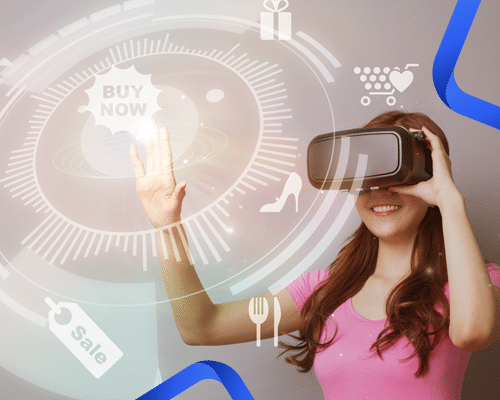In terms of consumer/brand interaction, we’ve come a long way from the early days of printed catalogs like Sears Roebuck and L.L. Bean, and broadcast marketing via TV and radio that resulted in telephone orders and in-store shopping. Modern interactivity is facilitated by the ever-evolving handheld devices that penetrate the everyday lives of the consumer. The addition of Augmented Reality (AR) and Virtual Reality (VR) within recent interactive marketing tactics are leading the way into a new era of interactivity with a heavy focus on consumer experience thanks to the Metaverse.
But how has the history and evolution of interactivity impacted the lives of the everyday consumer in terms of habits and privacy? And what can we expect in the future?
The Birth of Digital Interactivity

The Evolution of Narrowcasting
While the origins of narrowcasting, defined as a transmission of programs to localized or specialized audiences, are in television broadcasting, interactive technologies and methodologies have expanded the limits of narrowcasting into the current digital world. With the increase in popularity of Out Of Home (OOH) and Connected TV (CTV) within marketing omnichannel strategies, the depth and reach of narrowcasting capabilities continue to evolve.

The Influence of Connected Technologies

The Dawn of Holistic Digital Customer Experience









